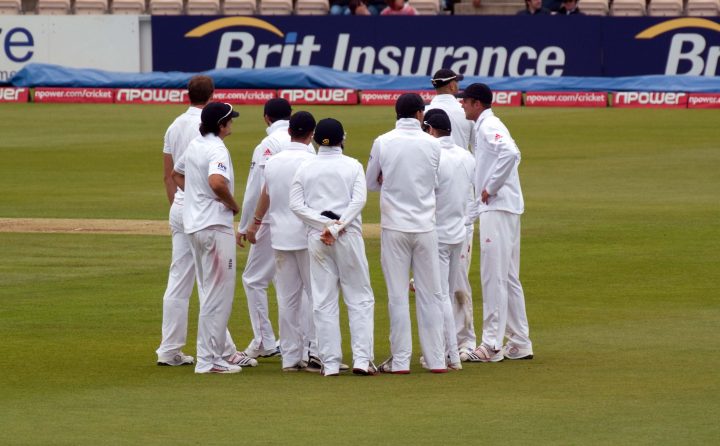Cricket has changed a lot over the years. Thirty years ago you could stuff your face cakes and scones at tea (Mike Gatting anyone?) and still be considered international sportsman. These days things are very different. Just look at Jimmy Anderson. He’s almost 36 years old, fit as a fiddle, and basically does a half marathon run every day England are in the field.
I don’t imagine many TFT readers have aspirations to be as fit as Jimmy. However, we do have the following fitness tips to help you sustain your club cricketing ‘career’. Basically you need to avoid the following mistakes …
You don’t refuel after previous games
Our body is a machine; after a hard and strenuous work it needs to be refuelled in order to function normally again.
Most people are guilty of not refuelling their glycogen reserves after a long bowl or a long innings. Probably because they are scared of gaining back the calories they burned by eating carbs after work out or training session.
Replenish your body with carbohydrates and prescience select protein supplement a within 60 minutes after your run to gain back your energy level and help your muscles to recover and heal.
You create a hodgepodge training plan
If you want to succeed on match days, you must not create and follow a hodgepodge training plan. Putting together a mixture of workout routines that you picked up from Youtube videos or blogs won’t maximise your fitness.
Create a periodized training plan instead that gets increasingly specified to the unique physiological demands of playing cricket all day. If this sounds too complicated for you, you can hire a fitness coach that can help you with your training.
You forget to eat on match days
Just as important it is to fuel your body after each training session, fueling up on match day itself is even more necessary.
Imagine batting for two hours in a tight chase where every extra runs counts. If you did not fuel your body enough, you would be running on empty. If you want to keep your energy levels high until your reach your target, fuel up on carbohydrates and protein rich food.
Another tip is to make sure you are wearing good and comfortable running shoes in the field.
You follow your friend’s training plan to a T
Your friend is a slimline fitness freak. So it makes sense to follow his training plan religiously, right?
The sad truth is, not every training plan is applicable to everyone, even to your closest friends. You’re two different individuals with different training backgrounds, muscle fiber compositions, strength, weakness and injury risks. Find a plan that works best specifically for you.
You play through injury or pain
We sometimes feel invincible, like nothing can stop us from playing. So, despite being injured or in too much pain, we stubbornly continue to run.
Listen to your body and pay attention to every pain that you feel. Seek medical attention, get some rest and miss the odd game if you need to. Running through injury will just exacerbate your condition and put you on greater injury and medication.
You let negative self-talk override you
Mental strength is vital in cricket. And unfortunately it’s far too easy to tell your mind to stop and quit.
If you let the exhaustion and negative self-talk take control, you won’t be able to compete until the end. Don’t just train your body to be physically fit and strong but train your mental endurance as well. Be comfortable with being uncomfortable and find ways to mentally cope all the fatigue and pressure.
You waste energy
As soon as a bowling spell begins there’s a temptation to give absolutely everything in your first over. But if you do that you’ll have nothing left in the tank as your spell goes on.
Starting out too fast is one of the most common mistakes all athletes commit. Pace yourself so that you can sustain your strength and have enough juice for the occasional ‘effort ball’.
You train based on a goal
Though it’s okay to train based on a goal, you should not forget that you should primarily consider your current physical fitness. You should ask yourself first: am I capable of achieving that goal given my current physical fitness?
Making a training plan based on a goal and not on your physical condition may put you at a higher risk of injury and pain.
Be realistic and don’t set yourself up to fail.
Sponsored Article





